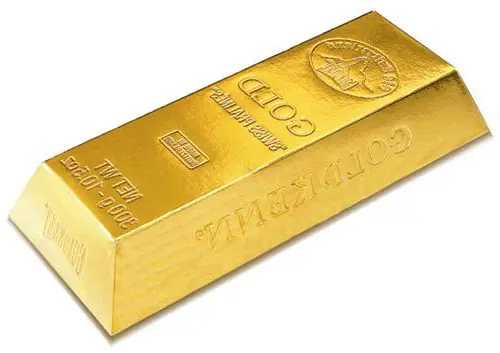Two Czechoslovak chemists were engaged in a challenging task—analyzing how the chemical composition of corn kernels varied from different ears of corn. When the samples were burned and the ash placed under a microscope, the chemists spotted shiny yellow threads and flakes among the gray clumps.
What do you think this was? Gold! Yes, real gold! The corn roots, along with other salts, absorbed tiny particles of dissolved gold from the soil, which precipitated out during the burning process. But is it really worth burning tons of corn to extract mere fractions of a gram of gold? Of course not. Corn is gold itself! In America, where it was first truly appreciated, the stockpiles of grain in warehouses increase by tons every year. The value of the annual corn harvest in the U.S. rivals that of all the gold reserves stored in the country’s vaults. The only difference is that the predators of America have been collecting this gold for decades, while corn yields a harvest of equal worth every year—without bloodshed, without the human suffering that inevitably accompanies the accumulation of gold in the capitalist world.

